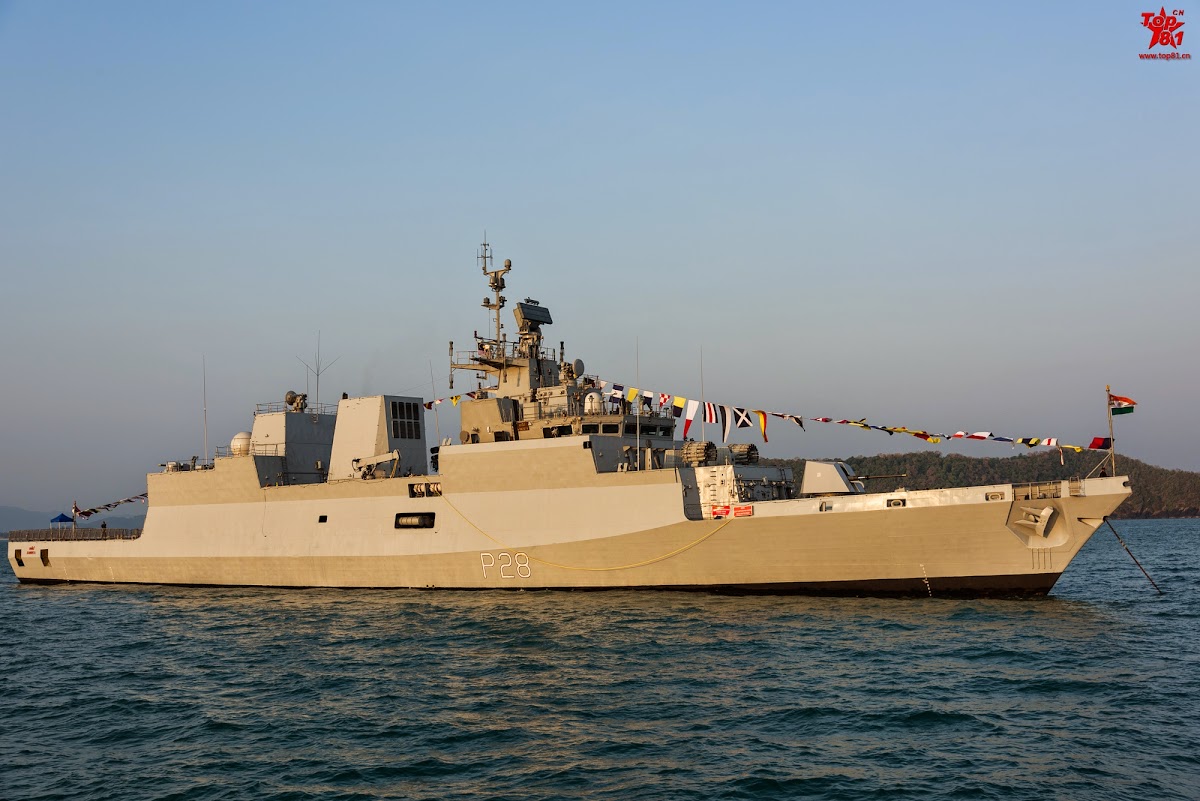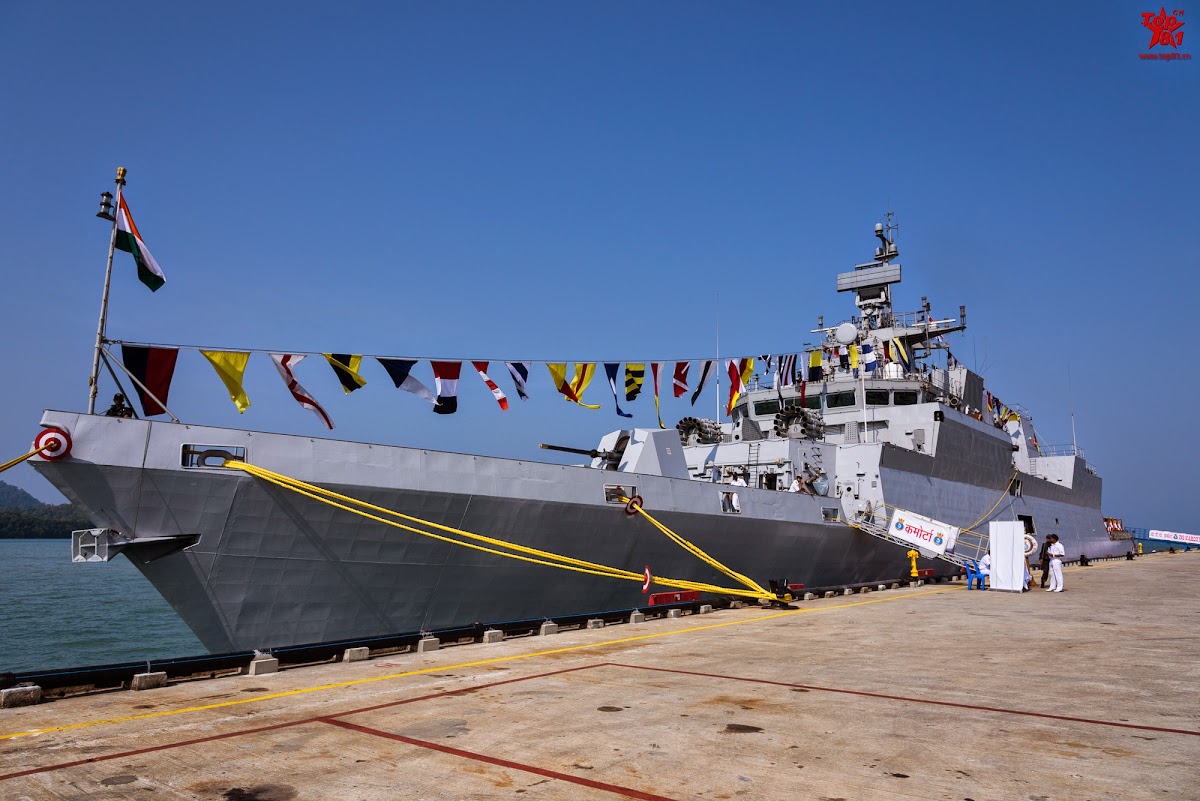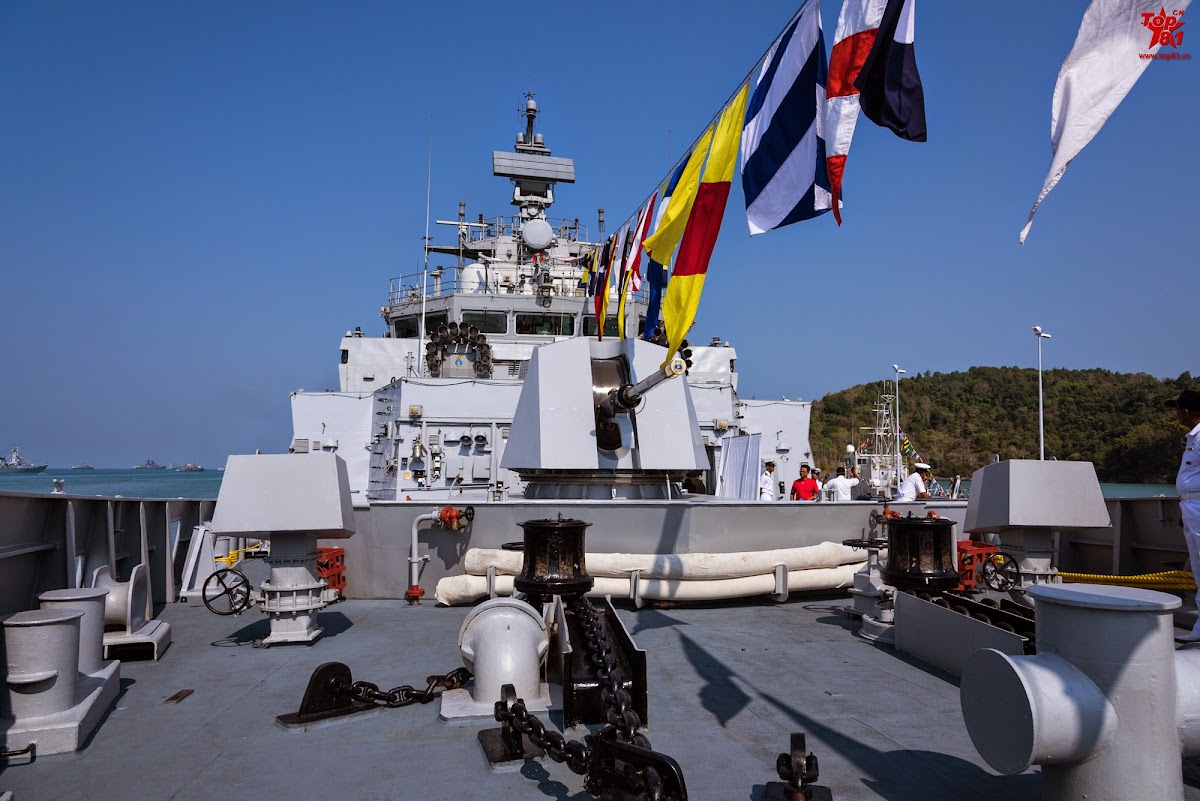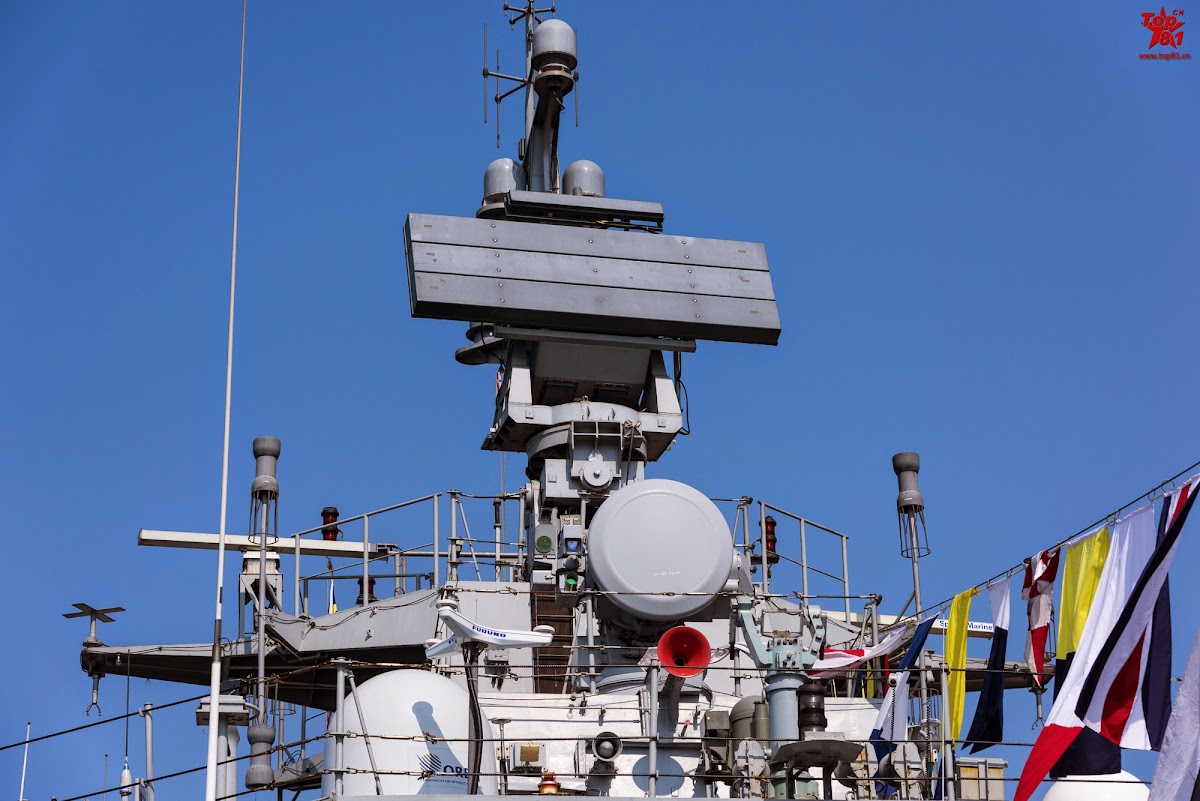Is this SR-SAM project intended to replace barak-1 on new ships or does it have a different goal ?
Is anything known about the performance targets for this system ?
with the recent order for barak 1's, i don't think so.Is this SR-SAM project intended to replace barak-1 on new ships or does it have a different goal ?Is anything known about the performance targets for this system ?

But the most significant statement is the reported revival of the $5 billion Short-Range Surface-to-Air Missile (SRSAM) project, codenamed Maitri. Meant to be a collaborative development project between French MBDA and India's DRDO, it has been gathering dust since 2007. The SRSAM was meant to fill up the air defence gap left by the delay in the indigenous Akash project. But the recent progress on the Akash, and its embrace both by the Indian Air Force and the Army, was thought to have shut the door on the SRSAM.
The SRSAM is now being re-pitched as a naval weapon, which will enable warships to defend themselves not just against enemy air attacks, but even to intercept enemy missiles up to a range of about 30 km. But the utility of the SRSAM for the Navy is being questioned because leading Indian warships are already equipped with the Israeli Barak anti-missile system, which can intercept airborne threats up to about 10 km. A multi-billion dollar development project with Israel is underway to increase the interception range of the Navy's missile defence system to 70 km. This project is now near completion. Whether the Navy needs a mid-way weapon is debatable, military analysts point out.
The Ministry of Defence was silent on reports that the revival of the floundering SRSAM project was discussed at the apex DAC meeting. But speculation is rife that the SRSAM could be held out as a consolation should the mother of all defence deals, the Rafale fighter jet deal not come through.


Hindustan Aeronautics Ltd (HAL) successfully carried out the first flight of a Jaguar DARIN III upgraded ‘strike' aircraft at its facilities in Bengaluru recently. HAL officials confirmed to OneIndia that the first flight of the upgraded Jaguar ‘strike' aircraft lasted for about 15 minutes.
The maiden flight was followed by another flight of the upgraded Jaguar that lasted for an hour on March 25 for an hour. In November 2012, HAL had carried out the first flight of Jaguar DARIN III upgraded ‘maritime' aircraft, with an unhappy Indian Air Force (IAF) wanting more features to be added on to the aircraft.
"The IAF had some concerns with the Mission Computer used in the maritime aircraft. It was of DARIN-II standard. We have now upgraded all possible systems on the aircraft as per the user requirement," HAL Chairman T Suvarna Raju told OneIndia. The IAF wants its ageing Jaguar fleet to be upgraded to Display Attack Ranging Inertial Navigation (DARIN-III) standards, a project that was set in motion in 2009. Three Jaguar prototypes (strike, maritime and trainer) have been set aside for testing the DARIN-III features. Raju says that HAL is mandated to upgrade 59 Jaguars that were inducted into the IAF, forming the original batch. "The strike version has already completed four flights so far and the feedback is satisfactory. Once the trainer too is ready, the IOC (Initial Operational Clearance) phase will come into play," Raju said. "The Jaguar DARIN-III upgrade will boost the performance of the aircraft with cost-effective and state-of-the-art solution," he added. HAL's youngest Division - the Mission and Combat System Research & Design Centre (MCSRDC) - undertook the total design and development of DARIN III upgrade, including software, hardware, mechanical, electrical, avionics architecture, design and system design. The total Operational Flight Programme (OFP) software developed by MCSRDC is embedded in an indigenously-developed open system architecture mission computer hardware. "Capacity has been built to write millions of lines of software codes. We are now confident of upgrading any platform," Raju added. HAL's seasoned Overhaul Division situated in Bengaluru Complex undertook the modification of the aircraft. HAL Divisions in Hyderabad and Korwa too played a key role in the project. HAL says that upgrade also incorporates primary and reversionary modes of navigation, state-of-the-art man-machine interface (near glass cockpit), Head-Up Display, Engine and Flight Instrument System and Radar Warning Receiver Display Unit.
HAL develops turbo generator for AN-32 In a non-related development, HAL's AERDC Division developed the Gas Turbine Electrical Generator (GTEG-60) for AN-32 aircraft. The home-grown (GTEG-60) turbo generator is expected to replace TG-16M, meeting the starting requirements of AI-20D aero engine of AN-32 aircraft. HAL officials say that GTEG-60 has a rated power of 60 kW and peak power of 80 kW. "All the functional and performance parameters of the engine were found satisfactory," an official said. The first unit was tested successfully to the peak power of 80 kW at Koraput Division. Two consecutive loading cycles were successfully tested. Total 30 normal starts with 'no load' condition and 18 kW, 60 kW, 80 kW loading were carried out during a period of March 9 to 13, 2015.

India’s Gas Turbine Research Establishment (GTRE) and Russian JSC Rosoboronexport/JSC Klimov have entered into a memorandum of understanding (MoU) for joint development of Multi-Axis Thrust Vectoring Nozzle for future generation aero-engine applications.
MoU was signed during Aero India-2015 held in Bengaluru during 19-22 February 2015. Dr K Tamilmani, DS, DG (Aero), DRDO and Dr CP Ramanarayanan, OS, Director, GTRE and the Russian team were part of the memorandum of understanding (MoU).
According to Sources close to idrw.org Klimov have offered to develop thrust vectoring nozzle (TVN) technology based on the universal KLITV (KLImov Thrust Vector) technology which can be customised for fitment on any jet engines.
Sources also informed that thrust vectoring nozzle (TVN) technology offered can be matted with engines of any OEM’s even if engines are from United states. India will commence development work on Homegrown 5th generation fighter aircraft project which as per IAF request will have thrust vectoring nozzle (TVN).
India is yet to select engines for AMCA, but Russians have assured India that even if India selects American or European engines for AMCA Project, they can customise it for their engines. While Europeans have developed their own TVN technology for Eurojet EJ200 engines and Americans to have their own technology.
The Indian MoDs Defence Acquisition Council has cleared the purchase of another 22 Harpoon anti-ship missile at a cost Rs 913 crores ($145 million).
This was in the pipeline as a foreign military sales deal with the department of defence of the USA. The missiles are manufactured by Boeing Defence, Space and Aerospace.
The missiles will be integrated with the Sihsumar class submarines – the Indian version of the HDW submarines.
Harpoon missiles have three versions: for the army, navy and the air force. The naval version is named UGM 84.
Indian navy had earlier procured 26 such missiles for itself to be fitted on P81 surveillance aircrafts for $200 million. Another 26 were brought by the Indian Air Force.

The Defence Acquisition Council (DAC) of the ministry of defence has cleared the acquisition of 30 weapon locating radars – Swati – from Bharat Electronics Ltd (BEL) at a total cost of Rs 1,605 crores ($256 million).
These radars will be used by the artillery wing of the Indian army. Swati, the radar was developed as a coherent, electronically scanned C-Band pulse doppler radar. The radar automatically locates hostile artillery, mortars and rocket launchers and tracks friendly fire to locate the impact point of friendly artillery fire to issue necessary corrections.
The range for the radar while tracking gun shells is more than 20 kms and for rockets, about 30 kms.
For long, the army had been using the American gun locating radars bought during the Kargil War. The DRDO and Bharat Electronics took upon the task of developing an indigenous radar. Their first was Rajendra. Swati is their latest.
There is an interesting story behind the discovery of how the idea of the first gun locating radar was developed. Apparently, the DRDO scientists were testing the trajectory of the missiles at Chandipur, when they found their tracking radars could pick up artillery guns booming at a nearby army firing range. That was how Rajendra was born.
shiphone said
although most of china Military photography fans missed the opening hours, there was some member from another media group managed to get on board just before the closing time, it's a little pity that he couldn't get inside due to the limited time left, but he was warmly welcomed by the IN officers and a short tour was arranged ... the accompanying Sergeant gave an interesting introduction but unfortunately again ,he was stuck with the Indian accent English ...LOL... anyway, let's enjoy the photos...
some great shots by Famous photographer : eos5





